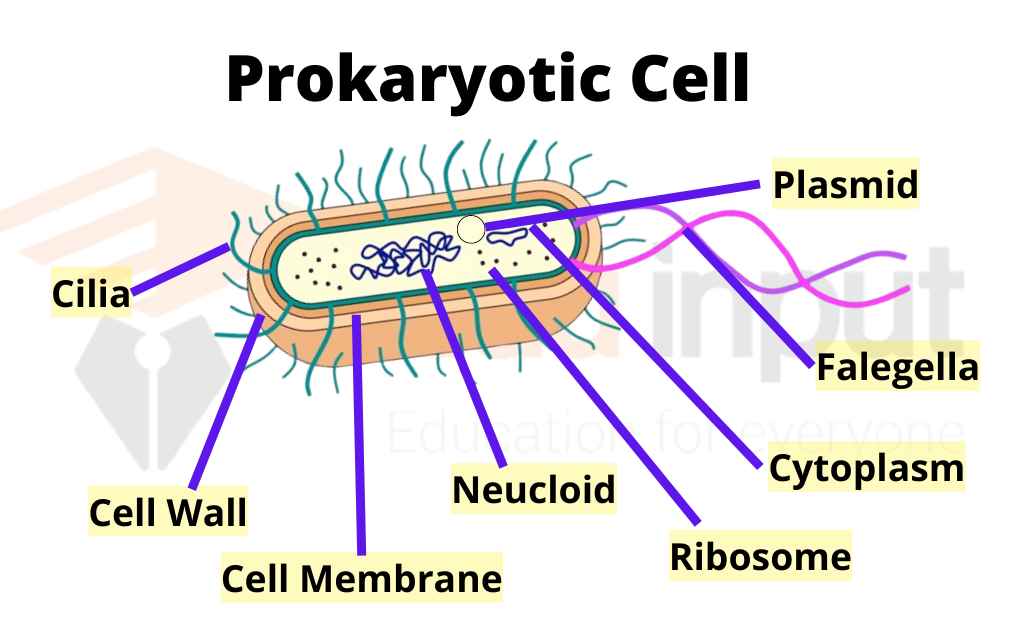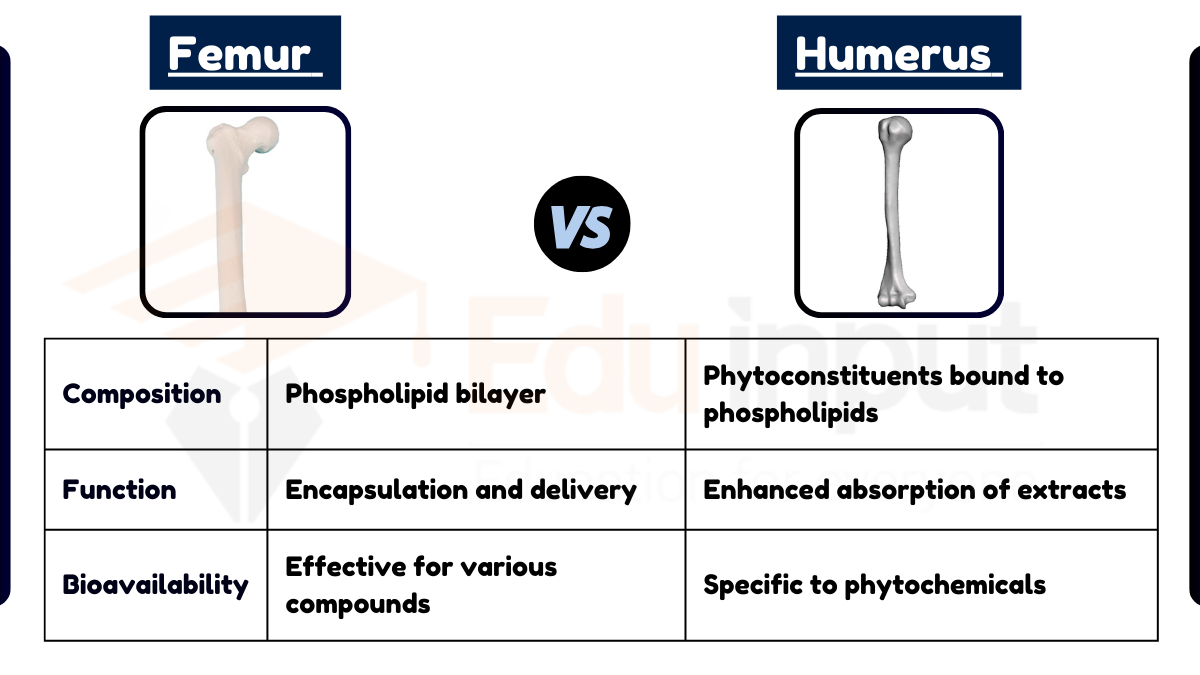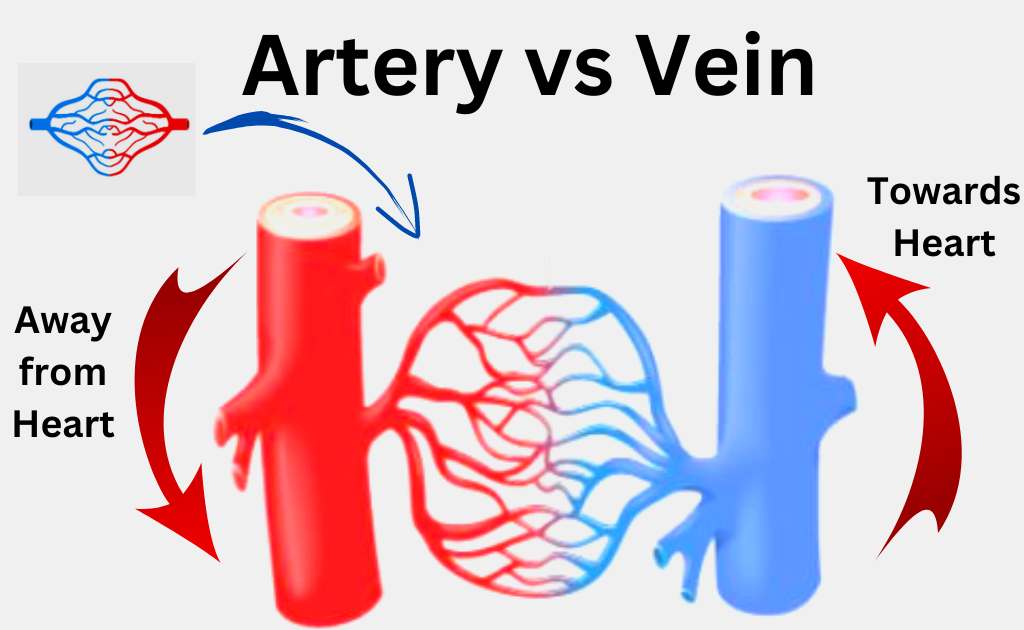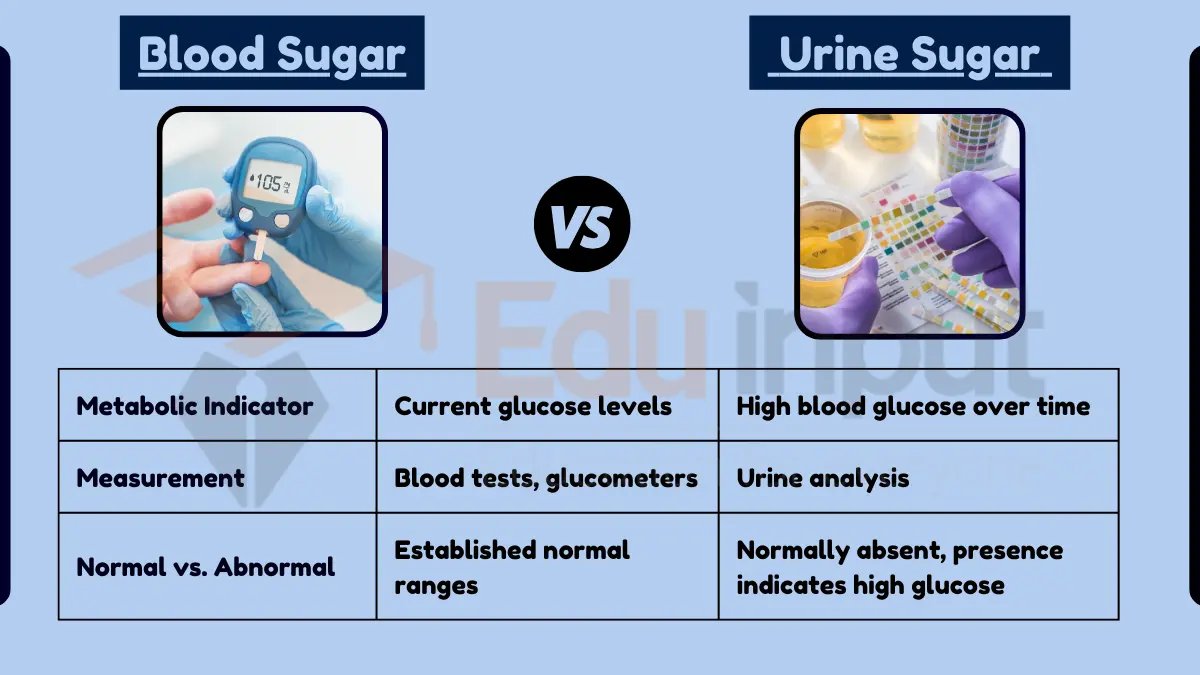Difference Between Bacteria And Cyanobacteria
Bacteria are single-celled organisms that live everywhere on earth. They play a vital role in our lives, from helping us digest food to keeping our bodies clean.
They are very tiny in size and can be seen under the microscope. Bacteria is one of the most numerous and diverse organisms in the environment. Every person has some bacteria in their body and those bacteria are called commensal bacteria.
Commensal bacteria are not harmful to human beings, but they can become harmful if the number of them becomes higher than the normal limit. There are millions of types of bacteria present in our body and they are mainly divided into two main groups that are gram-negative and gram-positive.

What are Cyanobacteria?
Cyanobacteria are single-celled organisms that live in water or soil. They are also known as blue-green algae because they produce oxygen through photosynthesis. Cyanobacteria are often found in freshwater lakes and ponds, where they contribute to the formation of clouds and rain. In addition, some species of cyanobacteria can fix carbon dioxide into organic matter, thereby helping to reduce global warming.

Difference Between Bacteria And Cyanobacteria
Here are the key differences between bacteria and cyanobacteria;
| Bacteria | Cyanobacteria |
| 1. Bacteria are prokaryotic. | They are also prokaryotic but a bit more complex than bacteria. |
| 2. Bacteria are unicellular organisms. | They may be unicellular or multicellular. Some form colonies. |
| 3. Most bacteria lack pigments. Therefore, mostly they are colorless. | They contain special blue and green pigments. Thus they are previously also called blue-green algae. |
| 4. They may be heterotrophic or autotrophic. | They are always autotrophic. |
| 5. Autotrophic bacteria do not produce oxygen during photosynthesis. | They undergo oxygenic photosynthesis and release oxygen during photosynthesis. |
| 6. Photosynthetic bacteria have special bacterio-chlorophyll. | Their chlorophyll is similar to plants. |
| 7. Photosynthetic bacteria use H₂S. Calvin’s cycle does not occur in them. | They use water during photosynthesis. Calvin’s cycle occurs in them. |
| 8. Their cell wall is mainly composed of peptidoglycan or murine. | Their cell wall is made up of cellulose. |
| 9. Most bacteria have flagella for locomotion. | They lack flagella. They show gliding movements. |
| 10. Capsule and cyst may be present in them. | They lack capsules or cysts. |
| 11. Extra-chromosomal plasmids present in them. | Plasmids are absent in them. |
| 12. Asexual reproduction takes place by 1 binary fission. | Asexual reproduction takes place by fragmentation, hormogonia, or akinete formation. |
| 13. Sexual reproduction Occurs by conjugation. | Sexual reproduction is entirely absent. |
| 14. They may form endospores during unfavorable conditions. | They form akinetes during unfavorable conditions. |
| 15. Mostly they are not involved in atmospheric nitrogen fixation. | Mostly they are involved in atmospheric nitrogen fixation. |

 written by
written by 




Leave a Reply